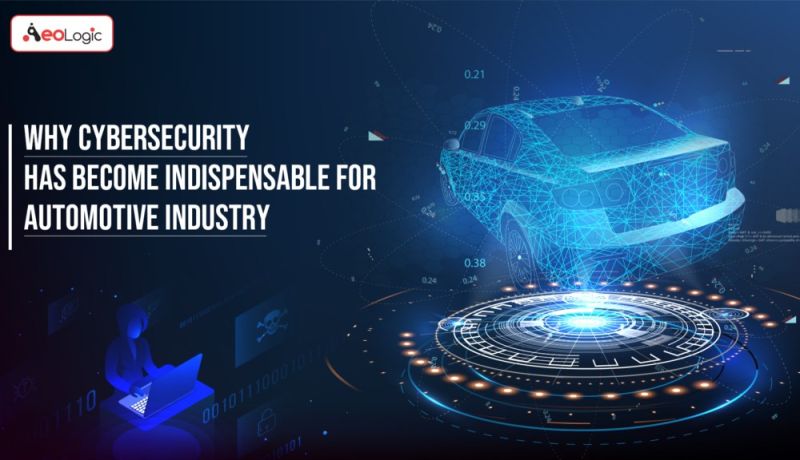With constantly evolving smart technologies in the world, the automotive industry has witnessed considerable technological changes. These smart advanced technologies have been integrated among themselves, enabling more safer, convenient, and cost-effective solutions.
Today, the automotive industry is majorly driven by consumer preferences and innovations. The growth of connected vehicles is expected to increase the need for advanced automotive cybersecurity. The cybersecurity market in the automotive industry generated a revenue of $1.26 billion in 2018 and it is projected to reach about $6.03 billion by 2029, according to a market intelligence report Global Automotive Cybersecurity Market by BIS Research.
Why does Automotive Cybersecurity seem like Such a Big Deal?
There has been a huge transition in automobiles, from just being wheels driven by an engine to a kind of data center on wheels. The modern-day automobile with some advanced features can have more than 100 million lines of source code written. The cyber risk to this modern-day automobile increases with each line of code written on automotive ECUs. That means each line of code has to have the measures stipulated in the cybersecurity standards.
Moreover, the cyber threat is not only limited to just the vehicle but also risks the back-end of it and the 3rd party services. The threat can take a more dangerous form when we bring connected and autonomous vehicles into the picture. A very relevant example of it can be controlling the home EV charging installation by accessing the home Wi-Fi.
Types of Cyber-attacks on Vehicles
Cyber-attacks have evolved over time and rightfully so have their prevention methods. However, it’s imperative that all cyber-security measures are always in place in order to keep our vehicles safe from all these threats. And to ensure we are safe from the threats, we must know what kind of threats are there that can affect a vehicle.
<pDenial of Service (DOS): DOS is an attack that makes an automotive system unresponsive to requests. For example, a DOS attack on the ABS can be used to disable the braking system of an automobile. A DOS attack will not give the hacker access to the system, but can surely be used for intentions such as injuring the vehicle driver.
Man-in-the-middle (MitM) attack: A MitM attack is when a hacker places himself between the client and the server. In an attack like this, the hacker can spoof the client and steal all their data from the server.
Command injection data corruption: Hackers can inject a specialized command, that can make the attacker gain write access to an ECU. Such attacks can completely wreck a vehicle system.
Measures to achieve Automotive Cybersecurity
As we talked about this earlier, cybersecurity measures must be followed throughout the development lifecycle of an automotive component. Apart from that, there are some best practices that help in achieving cybersecurity in the entire automotive ecosystem. Let’s take a look at a few of them:
- Interfaces with the outside world like OBD, OTA, Bluetooth, and Ethernet, should be secure.
- ECUs should be isolated and protected using highly secure gateways.
- Apart from software-related safety measures, Hardware Security Module must also be implemented for Microcontroller platforms. HSM serves a key role in the delivery of security services.
- Automotive cybersecurity guidelines must be followed by all stakeholders across the entire automotive supply chain.
- The hardening of the ECUs is a must. It can be done by deleting all the interfaces and services that can be potential entry-points for the attackers.
- During the Unit testing, Integration testing, and System testing of hardware and software modules, all the Cybersecurity guidelines should be strictly followed.
Concluding Thoughts
The growing age of the internet and the increasing human dependency on it makes cybersecurity a major concern. While all other major industries like Healthcare, Manufacturing, etc are incorporating cybersecurity measures to safeguard highly confidential data, it becomes a high-priority for the Automotive OEMs and other stakeholders, and rightly so
Also as automobiles are getting more and more connected than they ever were, it will be interesting to see how the industry overcomes the pain points related to cybersecurity.

Manoj Kumar is a seasoned Digital Marketing Manager and passionate Tech Blogger with deep expertise in SEO, AI trends, and emerging digital technologies. He writes about innovative solutions that drive growth and transformation across industry.
Featured on – YOURSTORY | TECHSLING | ELEARNINGINDUSTRY | DATASCIENCECENTRAL | TIMESOFINDIA | MEDIUM | DATAFLOQ









